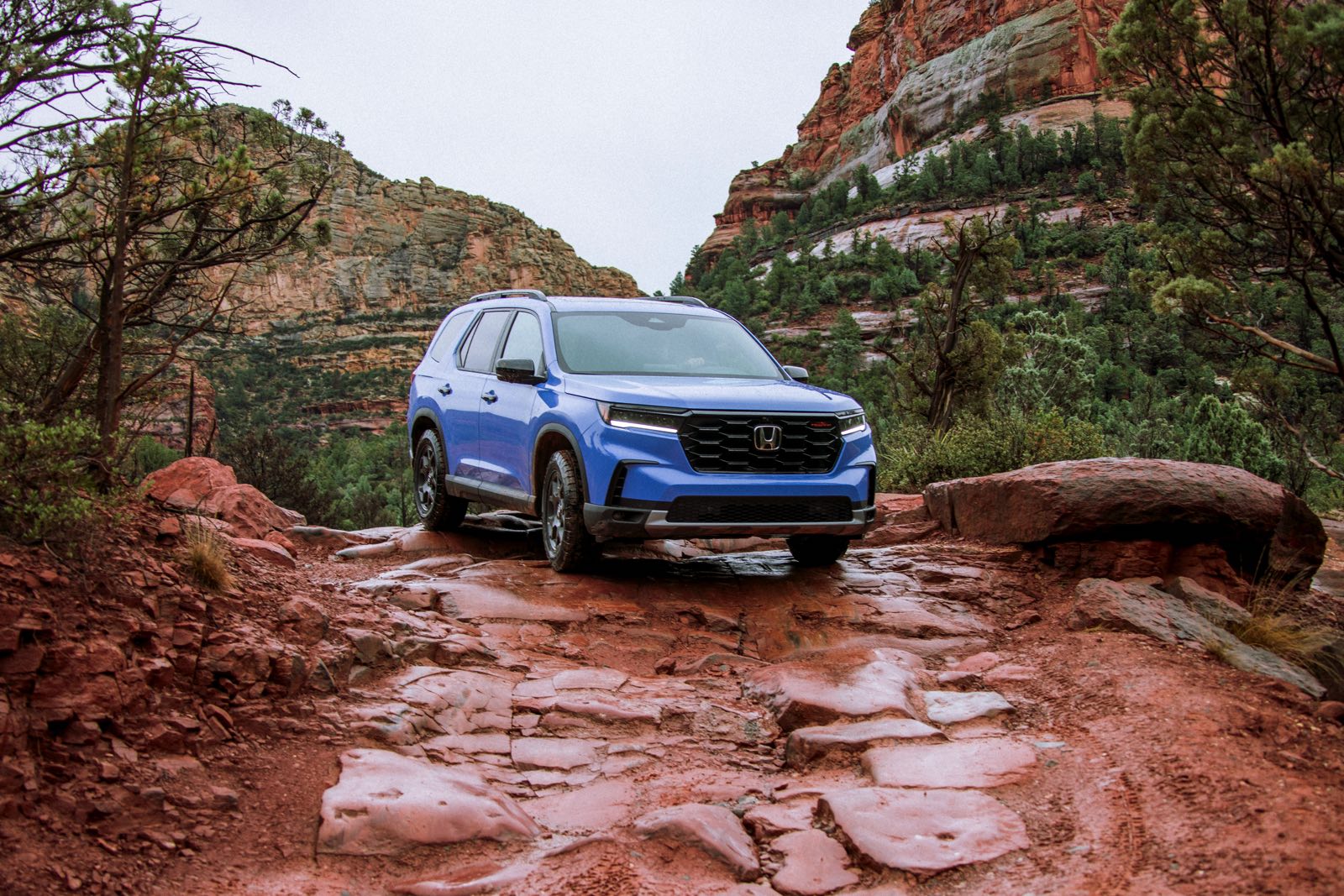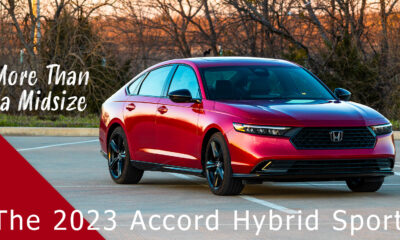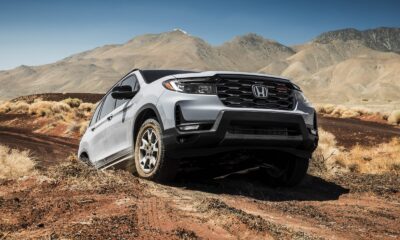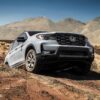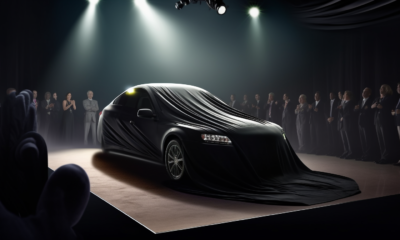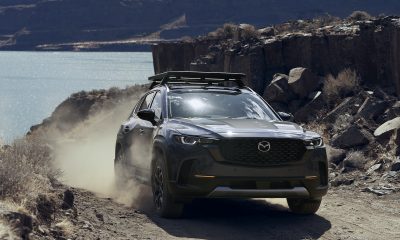Car Reviews
Honda’s Pilot AWD TrailSport – INTO THE WOODS
Honda’s Pilot AWD TrailSport
INTO THE WOODS
If your Honda perspective was formed – as mine was – behind the wheel of a ’79 Civic, and later while owning two (TWO!) ‘89 Civic hatchbacks and a ’94 Civic sedan, the arrival of the Honda Pilot – whether it be the first Pilot in 2002 or its 4th generation, introduced for this model year – might give you pause. Occupying roughly the same footprint as Toyota’s Land Cruiser while supplying the cargo volume of a C-130, the Pilot is as far removed from those early Civics as I am from Daniel Craig. But time (as they say) moves on, and in its TrailSport guise Honda’s Pilot has moved out.
The recipe, of course, is familiar – and given America’s penchant for three row crossovers, easy to understand. Atop a new, more rigid platform shared with Acura’s MDX, Honda creates a unibody architecture with three rows of seating, available all-wheel drive and all-independent suspension. Its normally aspirated 3.5 liter V6 develops 285 horsepower and 262 lb-ft of torque, delivering that power and torque to the front wheels or all wheels through a 10-speed automatic transmission. It’s a formula not unlike Toyota’s Highlander, and was developed years before Hyundai or Kia began to successfully infiltrate this same territory.
With its 4th generation debuting for 2023, Honda has ramped up its family SUV game with what Honda describes as ‘rugged new styling’, more passenger and cargo space, and a ‘class-leading combination of off-road capability and confidence-inspiring on-road dynamics’. That off-road capability coalesces in the Pilot TrailSport, with its off-road spec suspension, additional ground clearance, all-terrain tires, steel skid plates, four specific driving modes (Snow, Trail, Sand and Tow – on top of Normal, Sport and Econ) devoted to the varied conditions those outward bound might encounter, and more capable all-wheel drive. It’s Mister Craig – if you will – in a bullet-proof vest, and ‘Q’ riding co-pilot.
The new Pilot’s sheetmetal is a quiet evolution of all that came before it. And while the design – penned by Honda’s styling team in California – remains subtle, Honda fans will instantly embrace it. Despite an aero-induced softening of its corners, the Pilot retains a relatively conventional 2-box form, stretching some 200 inches in length atop a wheelbase of 114 inches (longer by almost 3 inches) and a curb-rubbing width of 78.5 inches. Roughly 2/3rds of the body structure is composed of high-strength steel, and the hood is aluminum.
Behind the wheel you’ll enjoy an appropriately high perch, reasonably generous glass area (the D-pillar is mildly intrusive, but I’m relying on the nanny aids, anyway), and – as Honda will tell you – updated infotainment with ‘an improved user experience’. To the product team’s credit, the touchscreen doesn’t overwhelm, audio and ventilation controls remain accessible and you’ll rarely need to consult the owner’s manual…but you should.
On the road, while the TrailSport option increases ground clearance by an inch, there’s nothing ‘tippy’ about the Pilot’s ride or handling. Nor is there anything truckish in its comfort levels, or noise from its more trail-specific Continental TerrainContact rubber. Despite the TrailSport tag, this is an eminently comfortable carriage for you, your spouse and up to four kids with the standard Captain’s chairs.
The TrailSport is part of an industry-wide attempt to configure crossovers as off-roaders. And while I know more appropriate rubber and an inch of extra ground clearance can’t hurt if negotiating a fire trail or gravel, neither should you consider navigating Moab, Utah’s off-road trail network in your Pilot. These variants are a credible way to get to the trailhead, after which you take your mountain bike off the rack – it could be a hitch-mounted rack, as the TrailSport comes with a standard hitch – and ride the trail, burning calories rather than gas.
The Pilot’s 3.5 liters of normally-aspirated V6 is as smooth and refined as you would hope, and while Honda doesn’t offer the 10-year warranty protection of a Hyundai or Kia, neither should you need that protection when owning a Honda.
Finally, a word on efficiency: With hybrid this and plug-in that, an entirely conventional drivetrain with an EPA estimate of 18 City/23 Highway/20 Combined strikes me as behind the curve relative to today’s gas prices and transportation trends. But there’s a lot to be said for the simplicity and longevity of the conventional, and while the EPA suggests you’ll spend $3K more over five years behind the wheel of the Pilot when compared to the average new vehicle, that $50/month just might be worth it in both comfort and peace of mind.
Therein lies the value of Honda’s Pilot TrailSport and its under-$50K window sticker: it offers peace of mind, along with a two-ton piece of the action.



